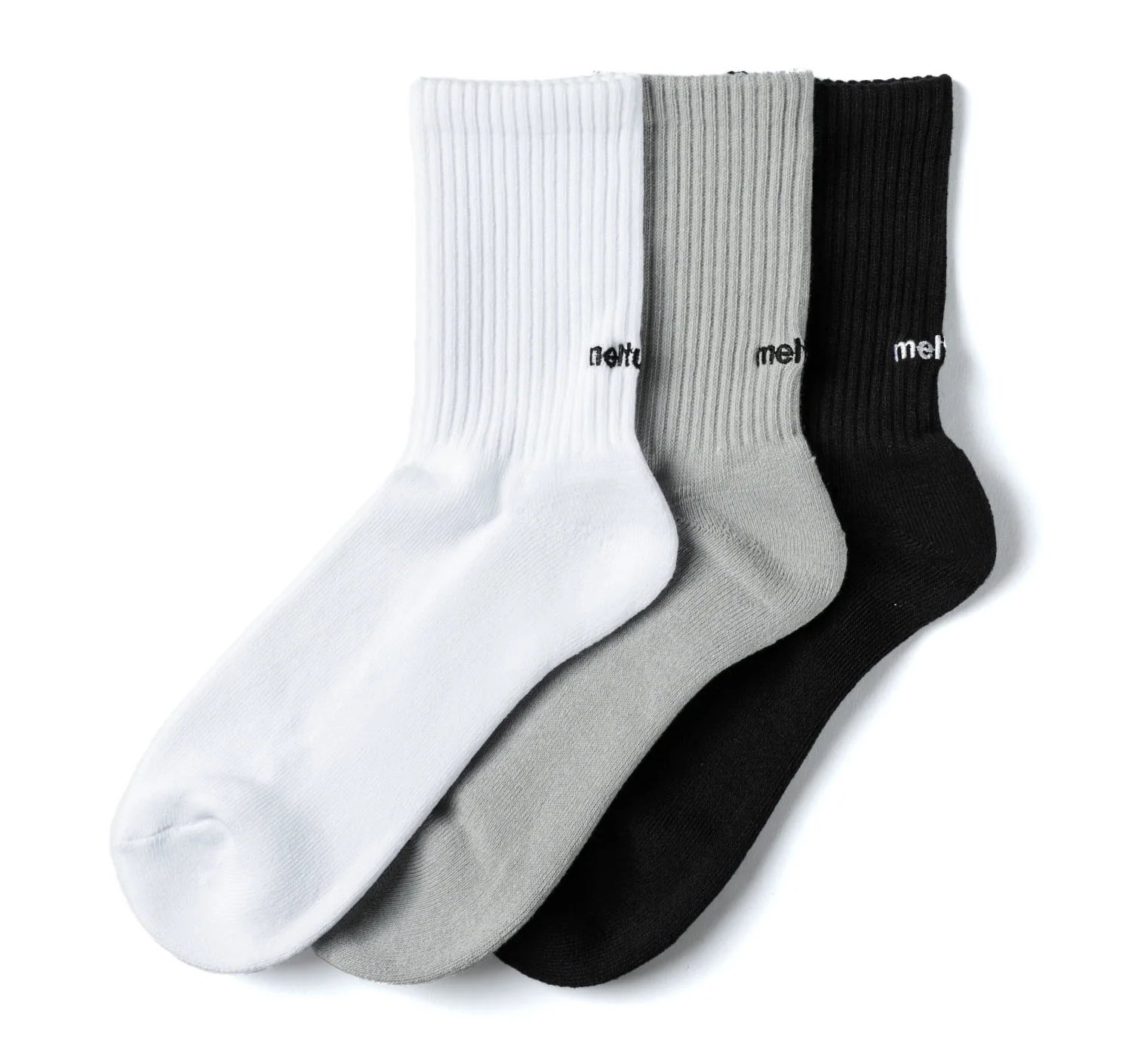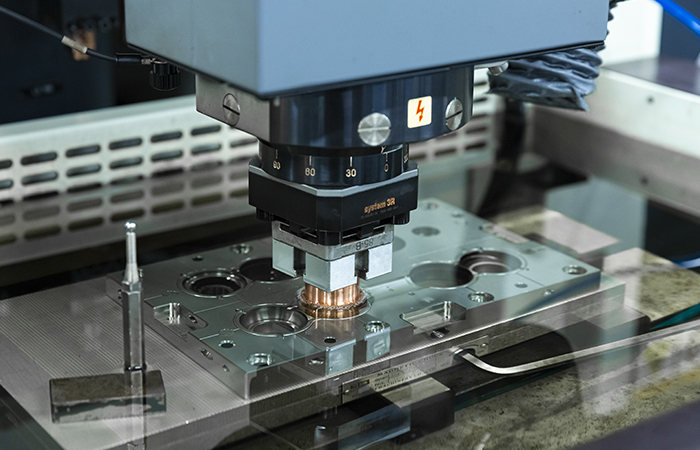How to pick the best supplier: 5 key checkpoints
In the process of screening vendors, you will usually come across some candidates with good background information. However, how do you pick the best one from these great vendors? In this article, we’ll walk you through five key aspects of comparing between the final few vendors.
1. The reason behind the price
Price is undoubtedly the primary consideration, but you can’t just go with the supplier who quotes the lowest price. There are often certain reasons hidden behind temptingly low prices.
- Quality issues: It may be due to the use of poorer materials, resulting in a less-than-average product quality.
- Size reduction: The actual product size may be smaller, but it is difficult to notice from the photo alone.
- Inventory handling: The low price may be for backlogged inventory rather than new products, and subsequent restocking prices may rise significantly.
- Factory Costs: Different factories have different management and manufacturing costs, leading to differences in quoted prices, e.g. large factories may quote higher prices but with better quality and service.
Generally speaking, a 10% to 30% difference in quoted prices between original factories is normal because of the differences in management or manufacturing costs of different factories. For example, the same socks produced by the world’s largest pantyhose manufacturer may be 40% to 50% more expensive than a smaller factory. If you are purchasing on behalf of a large retailer, you may be more inclined to buy from a large manufacturer as they can offer a better quality product and after-sales service.
When comparing prices, make sure you understand the reasons for the differences in the quoted prices and assess whether you can accept and pay for these differences.

2. Samples to assess production quality
Besides price, sample quality is another important point of comparison. Regardless of the supplier’s business background, offer or commitment, you need to assess its production capacity through samples.
-
Bulk samples: If you are satisfied with the offer, you can ask for samples of previous bulk production, but you need to pay for the samples and shipping costs.
-
Sample Costs: Obtaining samples from multiple suppliers can cost hundreds or even thousands of dollars. For example, when purchasing 500 teddy bears, you need to pay the supplier $30 for samples, plus shipping costs.
-
New Product Development:
- Handmade samples: such as plush toys and clothing, it is recommended to obtain samples from one or two suppliers and replace them if you are not satisfied. For example, a toy company customized a plush toy, and through sample comparison, chose a supplier with fine production and superior material.
- Samples for mold making: For example, for plastic products, it is recommended to evaluate the supplier in depth before paying for the molds and samples. When an electronics company developed a new style of headphones, it first evaluated the mold making ability and sample quality of several suppliers and finally chose an experienced supplier.

3. Good communication is essential
The quality of communication with your sales representative is just as important as the price. Professional communication saves you energy and costs.
-
Professionalism and Responsibility: Judge whether a supplier is professional and responsible through communication.
-
Communication characteristics:
- Understanding needs: suppliers should understand your needs accurately and avoid duplicate communication. For example, when a buyer asked for quotes from several suppliers, only one supplier answered all the questions in detail, including price, customization cost, shipping cost, etc.
- Industry expertise: Suppliers should be able to provide professional advice, such as cost optimization solutions. When a U.S. customer was developing a self-stirring bottle, the supplier not only provided a quote, but also made suggestions such as replacing electronic components and redesigning circuit boards to reduce the unit cost.

4. Delivery time determines market opportunities
Lead time is the fourth key factor to consider when selecting a supplier.
- Production process time: Typically, orders of several thousand dollars require 20 to 30 days of production time, depending on the product category and production schedule. For apparel (including lingerie), lead times can be as long as 40 to 60 days because there are many time-consuming steps, such as sourcing fabrics and accessories and dyeing the product. If molds need to be made to customize a plastic product, it can take 20-30 days just to make the molds.
- Popular products: For popular products, such as fingertip gyroscopes, choosing a supplier with a shorter lead time will allow you to capitalize on market opportunities faster. An electronic product company in the discovery of the market demand for fingertip gyroscopes, quickly choose the short delivery time of the supplier, successfully seize the market opportunity.
5. Transportation solutions and costs
You don’t need to worry about this if you have a trustworthy freight forwarder who can help you ship your products from your Chinese supplier to your country.

If you don’t have a reliable freight forwarder, then logistics costs and solutions are also factors to consider.
- Hidden fees: Some suppliers may attract buyers by offering low prices and then charge high fees on shipping costs.
- Inexperience: Inexperienced suppliers may get higher freight quotes from freight forwarders, increasing your total costs.
Therefore, when comparing suppliers, be sure to consider the total cost of ownership by combining the cost of the product and the freight charges.
Summarize
By focusing on the reason behind the price, sample quality assessment, good communication, delivery time, and shipping solutions and costs, you will be able to find the best supplier for you. If you have any questions, feel free to leave a comment to discuss. As a leading sourcing company in China, we are committed to helping our customers find the best manufacturers, ensure product quality and arrange delivery to their doorsteps, making the sourcing process easier and safer. For sourcing products from China, please feel free to contact us.
Get Your Free Quote
We connect you with trusted factories, secure the best quotes, and deliver straight to your doorstep.